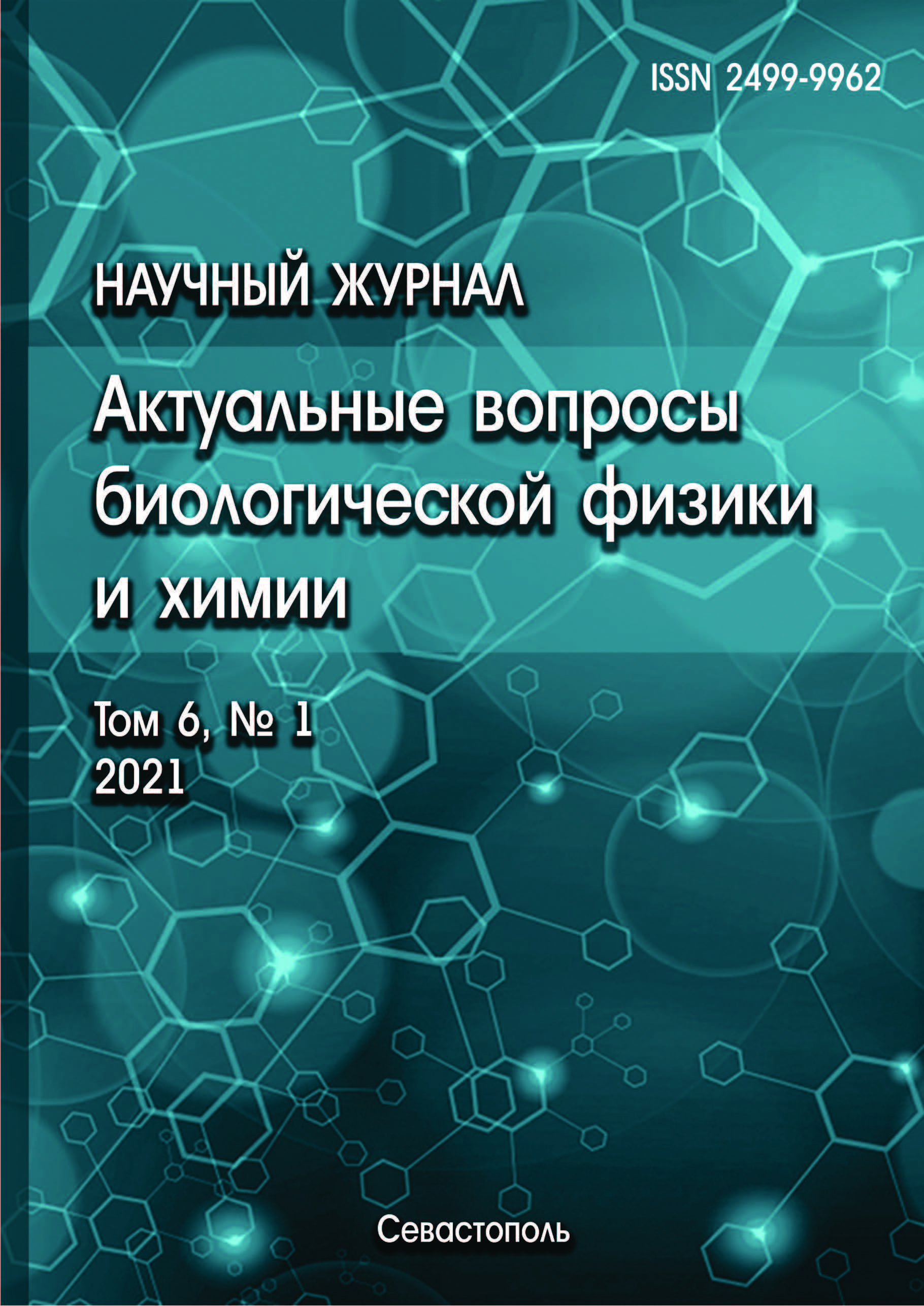Experimental conditions for the discovery of single ion channels in lipid membranes modified by polyene antibiotics are described for the first time. In the presence of polyenes, the increase in the membrane current is accompanied by discrete jumps. The amount of conductivity and concentration of the antibiotic required to obtain a single channel depend on the type and concentration of the electrolyte washing the membrane. The properties of the channel in the conducting state depend on the electrolyte and also on the time assembly of the channels. In solutions of alkali metal chlorides with the same activity of these salts, the channel conductivity increases in a row: Li+, Na+, K+, Cs+, and in solutions of potassium chloride in the row: I-, F-, NO-3, Br-, Cl-. The channel conductivity increases with the crystal radius of the cation. It is showed that the amphotericin channel has a conductivity of 3.5 pS in a solution of 10-1 M KCI. The nystatin channel has a conductivity of 1.4 pS. The channels make reversible transitions from the open state to the closed state. The frequency of these transitions depends on the type of electrolyte. The minimum conductivity had been a mycoheptin and levorin channels (0.2-0.3 pS). Of the studied antibiotics, only the aromatic antibiotic levorin A2 is sensitive to fluctuations in the membrane potential.
polyene antibiotics, chemical structure, lipid membrane, ion channel, discrete conductivity, channel states
1. Grela E., Zdybicka-Barabas A., Pawlikowska-Pawlega B., Cytrynska M., Wlodarczyk M., Grudzinski W., Luchowski R., Gruszecki W.I. Modes of the antibiotic activity of amphotericin B against Candida albicans. Scientific Reports, 2019, vol. 9, no. 1, (IF 3. 998). 17029, http://creativecommons.org/licenses/by/4.0/. DOI: https://doi.org/10.1038/s41598-019-53517-3; EDN: https://elibrary.ru/HWEPBB
2. Vainshtein V.A., Nikolayevic L.N., Sultanova G.H., Baghirova A.A., Pashazade T.J., Gasimova V.Kh., Tagi-zade T.P., Kasumov Kh.M. The action of chemically transformed macrocyclic polyene antibiotics on tumor cells. J. Experimental biology and medicine, Moskow, 2019, vol. 166, no. 6, pp. 735-738. doi:https://doi.org/10.1007/s10517-019-04429-9. EDN: https://elibrary.ru/AQHCJC
3. Xu F., Zhao X., Hu S., Li J., Yin L., Mei S. et al. Amphotericin B Inhibits Enterovirus 71 Replication by Impeding Viral Entry. Sci. Rep., 2016, vol. 9, no. 6, r. 33150. doi:https://doi.org/10.1038/srep33150. EDN: https://elibrary.ru/XTQJCF
4. Kamiński D. Recent progress in the study of the interactions of amphotericin B with cholesterol and ergosterol in lipid environments. Eur. Biophys. J., 2014, vol. 43, pp. 453-467. doi:https://doi.org/10.1007/s00249-014-0983-8. EDN: https://elibrary.ru/UOYBOL
5. Samedova A.A., Tagi-zade T.P., Kasumov Kh.M. Dependence of ion channel properties formed by polyene antibiotics molecules on the lactone ring structure.Russian Journal of Bioorganic Chemistry, 2018, vol. 44, no. 3, pp. 337-345. doi:https://doi.org/10.1134/S1068162018030135. EDN: https://elibrary.ru/YBHVJJ
6. Boukari Kh., Paris G., Gharbi T., Balme S., Janot J-M., Picaud F. Confined Nystatin Polyenes in Nanopore Induce Biologic Ionic Selectivity. Journal of Nanomaterials, 2016, Article ID 2671383, https://hal.archives-ouvertes.fr/hal-01455011.
7. Borowski E. Novel approaches in the rational design of antifungal agents of low toxicity. Farmaco, 2000, vol. 55, pp. 206-208. doi:https://doi.org/10.1016/s0014-827x(00)00024-0.
8. Hladky S., Haydon D. Discreteness of conductance change in bimolecular lipid membranes in the presence of certain antibiotics. Nature, 197, vol. 225, pp. 451-453. doi:https://doi.org/10.1038/225451a0.
9. Romine W.O., Sherette G.R., Brown G.B., Bradley R.J. Evidence that nystatin may not form channels in thin lipid membranes. Biophys. J., 1977, vol. 17, no. 3, pp. 269-274. doi:https://doi.org/10.1016/S0006-3495(77)85655-5.
10. Ermishkin L.N., Kasumov K.M., Potzeluyev V.M. Single ionic channels induced in lipid bilayers by polyene antibiotics amphotericin B and nystatine. Nature, 1976, vol. 262, no. 5570, p. 698-699. PMID: 958440 doi:https://doi.org/10.1038/262698a0. EDN: https://elibrary.ru/XLXDRD
11. Kates M. Techniques of lipidology. In R.H. Burdon and P.H. van Knippenberg (ed.), Laboratory techniques in biochemistry and molecular biology. Elsevier. Amsterdam. The Netherlands, 1986, vol. 3, pp. 100-110, 163-164, 251-253, doi:https://doi.org/10.1016/j.chemphyslip.2008.09.002.










